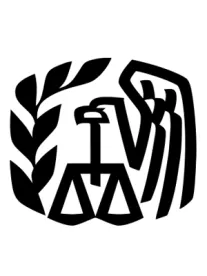In April 2007, the Internal Revenue Service announced its intent to issue much-needed guidance under Internal Revenue Code (“Code”) Section 457, which applies to nonqualified deferred compensation plans of tax-exempt entities and state and local governments, and under Code Section 409A, which applies to “ineligible” nonqualified deferred compensation plans maintained by tax-exempt entities and state and local governments and to nonqualified deferred compensation plans maintained by for-profit employers. Click here to read our August 2007 alert on this subject.
At long last, the promised guidance has been issued. On June 22, 2016, proposed regulations under Code Sections 457 and 409A were published in the Federal Register. The proposed regulations address some of the uncertainties that have perplexed plan sponsors and practitioners for years.
Key issues addressed in the proposed regulations include:
-
The types of plans that do or do not provide for a deferral of compensation for purposes of Code Section 457. For example, bona fide sick leave, vacation leave, and severance pay plans that meet certain requirements do not provide for the deferral of compensation (and therefore they are not subject to Code Section 457).
-
When a “good reason” voluntary severance from employment may be treated as an involuntary severance for purposes of the Code Section 457 bona fide severance pay plan requirements.
-
Amounts that constitute “deferred compensation” for purposes of Code Sections 457 and 409A and application of the “short-term deferral” exception.
-
The calculation of compensation deferred under Code Section 457(f) and when such compensation and any related earnings are subject to tax.
-
The interaction of Code Sections 457(f) and 409A, particularly with respect to whether a substantial risk of forfeiture exists and the related use of a covenant not to compete.
In general, the proposed regulations will apply to compensation deferred under a plan for calendar years beginning after the date the IRS adopts the proposed regulations as final regulations (the “applicability date”). Employers may rely on the proposed regulations until the applicability date.




 />i
/>i

